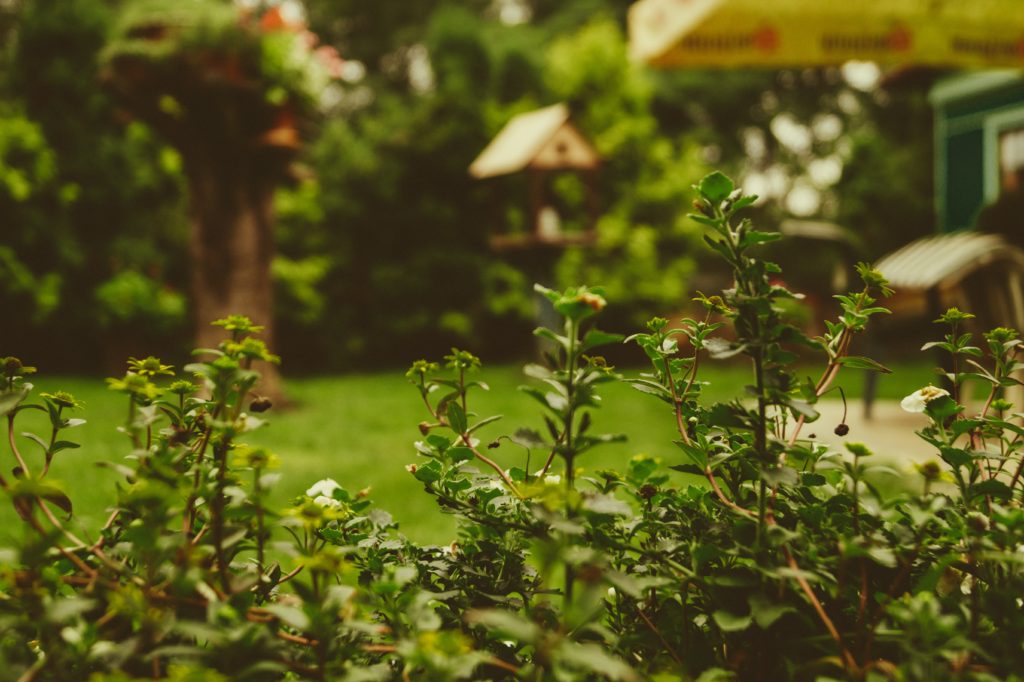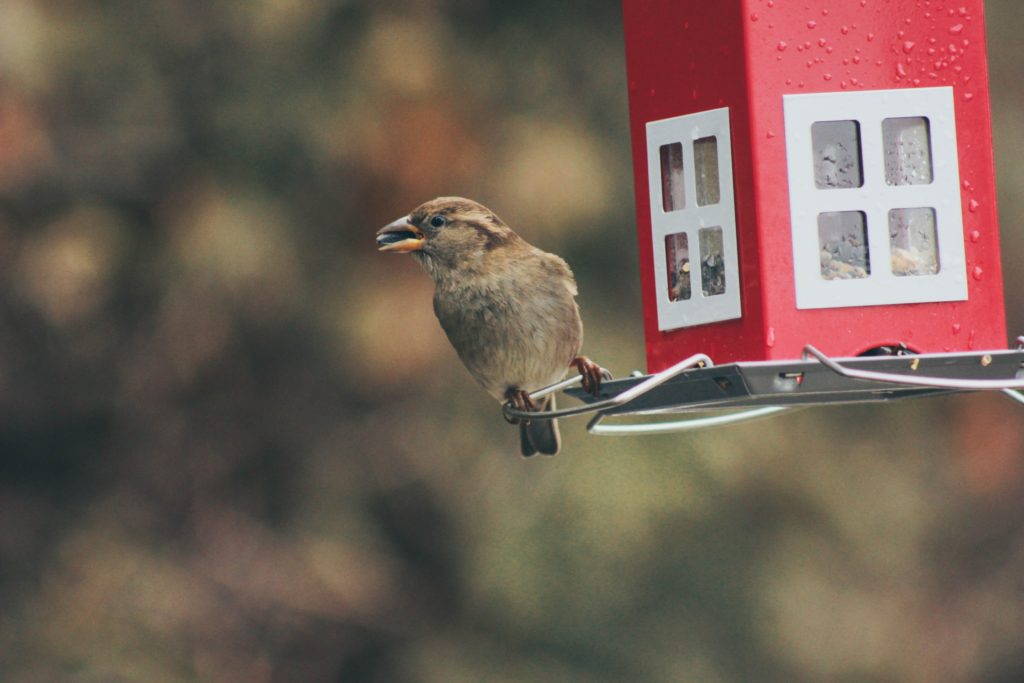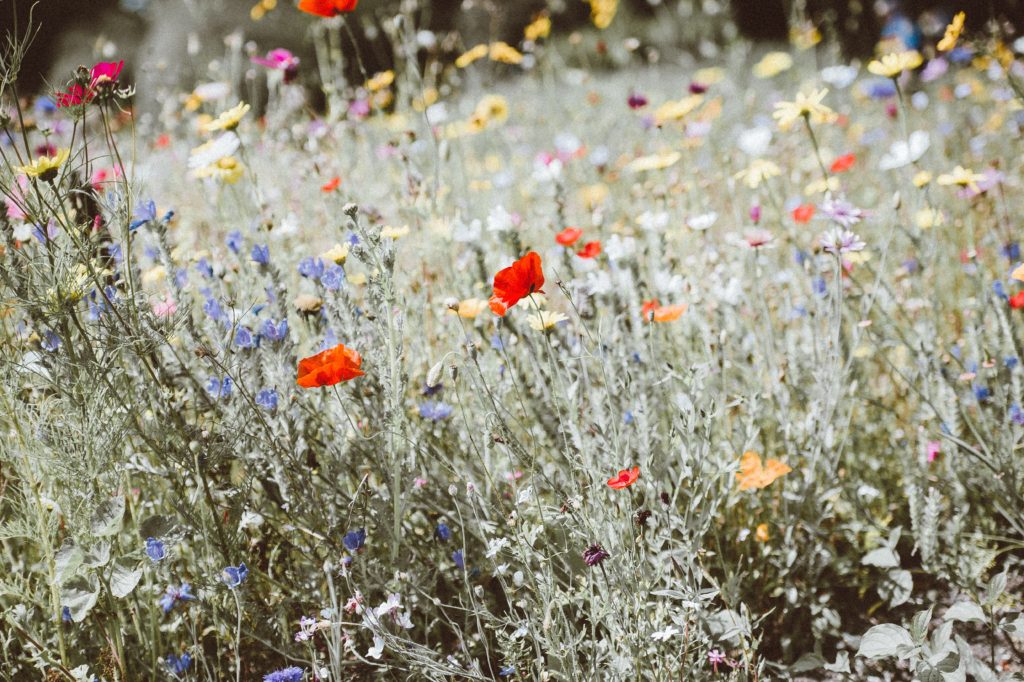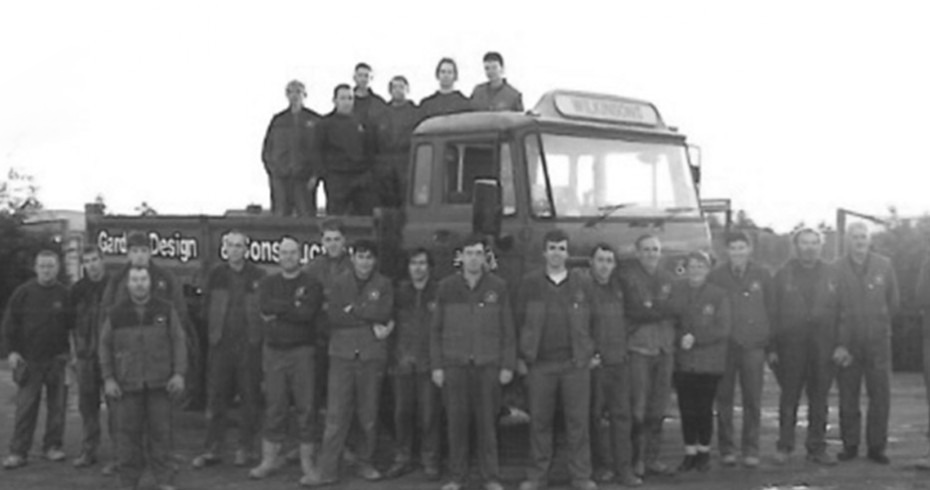How To Make A Wildlife Garden
May 26, 2021
Making our gardens wildlife friendly doesn’t mean you have to grow a forest in the garden and let nature run wild. Every space no matter if it’s an extensive estate or a family garden can give a home to nature. So here are some great wildlife garden ideas to get you started.
Habitats
No matter the size of your garden you can offer a huge variety of habitats for wildlife. There are a whole host of ways we can introduce a diverse range of homes for nature or let nature create the space itself.
It’s good to create as many habitats as possible without trying to cram too much in. Think about the space you have and try and make your microhabitats as good as they can possibly be.
You might not even realise it but some of your garden features can be home to a thriving world of wildlife.
- Any trees or hedges you have offer roosting and nesting sites for birds and mammals as well as valuable shelter to protect them from the weather or predators.
- Your lawns, particularly any areas of un-cut or long grass can be home to a host of insects and smaller animals, this can also be a great food source for any birds.
- The borders of your garden filled with flowers and shrubs give nectar-rich food to insects like butterflies and bees and seeds for birds and smaller animals.
- If you have a pond or some kind of water feature you can provide a habitat to anything from amphibians and invertebrates to being a bathing spot for birds.
- Even if you have a compost pile or woodpiles the decomposing material can attract a host of insects and they can provide food to many animals. They can also be great places for animals to live or hibernate.
Our gardens can be a busy world of wildlife without us ever really realising.

Breeding and Shelter
All wildlife need shelter, someone safe to breed and rest. Your garden could become a new home for a lot of wildlife with a few simple additions, such as:
- Adding in bird boxes, bat boxes and hedgehog homes are a great way of adding artificial shelters to nature. Natural sites are becoming more and more difficult for animals to find and our gardens allow us to give wildlife a safe alternative.
- Growing climbers against a wall can provide an excellent site for birds to roost or breed.
- For small mammals like hedgehogs and for birds your trees, bushes and hedgerows can be great. It allows a great place to cover from predators and for birds to build a nest.
- It’s not just animals that need breeding spots, butterflies need the right plants to breed and lay their eggs. A whole host of plants are great for different varieties of butterflies.
- Leaving dead wood, old trimmings and old foliage can create a valuable hiding spot for beetles and minibeasts and can also be a great place for moss and fungi to grow.
- If you leave any areas of grass to grown wild you can give all sorts of wildlife a place to hide and breed. If you are looking to trim down and cut back overgrown areas try and wait until late winter or early spring to give minibeasts sheltering from the cold a chance to move.

Food and Foraging
Yet another essential feature of a wildlife friendly garden is a variety of places for wildlife to forage and feed. We can provide food too for some animals but we can also help nature provide too.
- There is a range of plants that flower and seed at different times of the year. Adding a variety can provide food for animals and insects that are actively feeding over different periods of time.
- You can also introduce berry bushes and fruit trees to add another source of seasonal food.
- If you add in an array of colourful nectar-rich flowers you can attract a range of insects like bees and butterflies.
- If you can culture a garden full of minibeasts and insects you are providing a feeding ground for insect-eating birds, their hungry chicks and for mammals like hedgehogs and bats.
- Introducing a source of clean safe water like a large pond or even just a small dish is just as important as food.

Staying Sustainable
One major part of making a wildlife friendly garden is being sustainable. More of your actions than you think affect the wildlife around you and it’s important to consider this.
- Peat extraction destroys vital habitats so try and use alternative forms of compost, or try making your own.
- Try saving rainwater in water butts and barrels. If you top up your water features rainwater is much better for pond life.
- Recycle whenever possible, use reclaimed materials when building new features.
- Avoid using any pesticides and use non-toxic non-chemical alternatives.
So there you have it. A great guide on creating a wildlife friendly garden. Now, why not go out and make a start?
